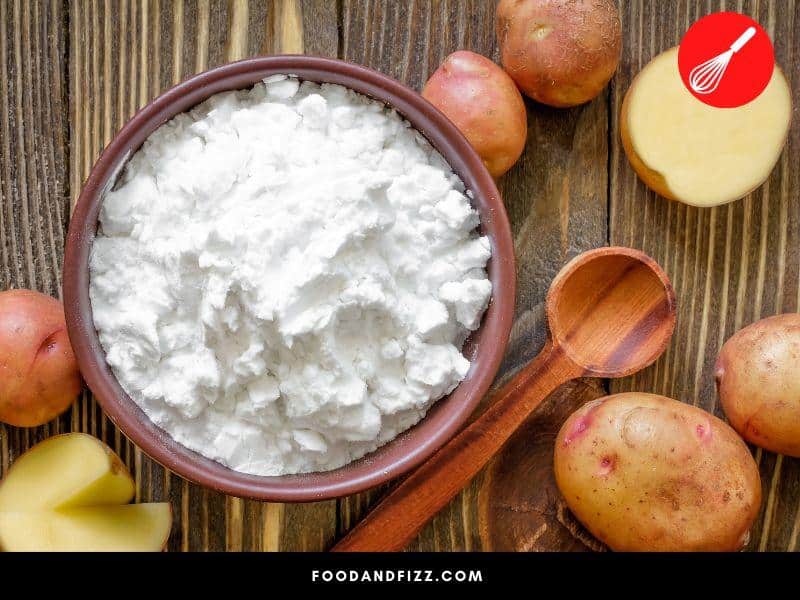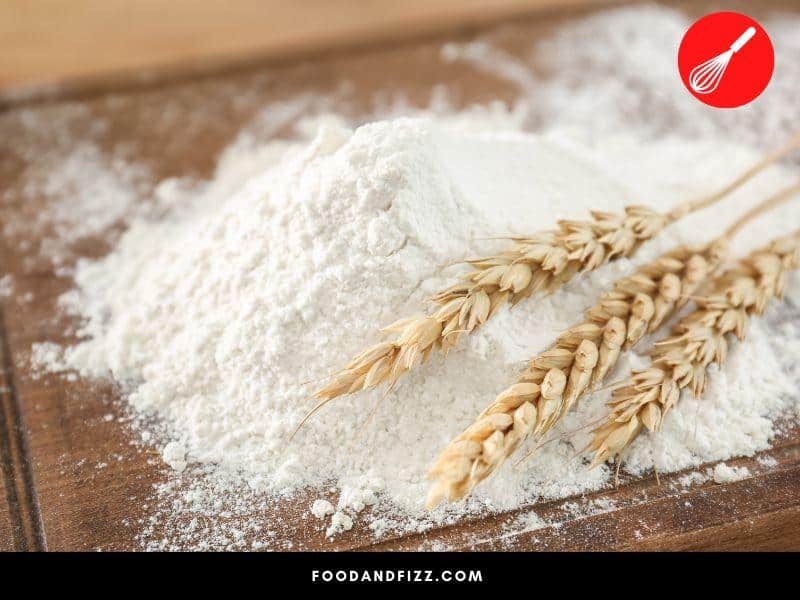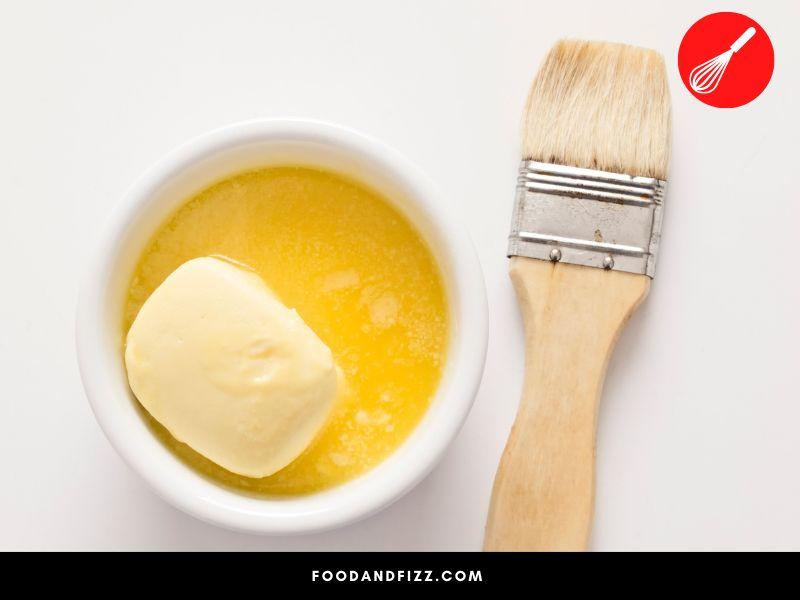A cold sauce is a thick liquid or cream sauce cooked and served cold. Cold sauces are mainly used for savory or sweet dishes to flavor, color, and moisten the food. Note that cold sauce does not include hot ingredients such as pepper.
How To Thicken Cold Sauce?
There are numerous additives that can be added to cold sauce to thicken and stiffen it. Arrowroot flour, potato starch, or cornstarch are good examples of thickening agents. Besides being gluten-free, the thickening process using these ingredients is fast and easy.

What Can I Use to Thicken My Cold Sauce?
As noted above, there are several thickening agents that one may use to stiffen their cold sauce. However, whatever choice one makes may be influenced by several reasons, including;
- Flavor
Taste is primary when it comes to sauce use. As such, I’m keen on whatever additive I use to ensure my sauce flavor isn’t lost but boosted.
- Gluten-free
Gluten has no nutritional value in the body. Besides, its consumption could pose a health challenge to individuals suffering from celiac illnesses. Thus, I prefer gluten-free options for my cold sauce thickening agent.

- Animal-free
If you are a vegetarian, this is an excellent choice. Many people will base their decision to choose a thickening agent on whether or not it includes animal products.
- Mouth feel
Feeling the sauce’s texture is as important as its taste. That’s why I always select an agent with consistency and one that is creamy.
Now that you’re aware of the things to look for when selecting a thickening agent, then you could be wondering which are the best thickeners around.
You don’t have to struggle with that! I have already done the groundwork for you and tested the best methods to use. You may choose to agree with mine or have different ones altogether.
Here are my top choices:
1. Potato starch
It’s an all-starch ingredient that quickly gets soaked into water and swells, releasing long molecules significant in sauce thickening.

2. Arrowroot flour
Arrowroot is gluten-free, making it a top thickening agent among many people. Being gluten-free makes it a top choice for me.
3. Cornstarch
Having been made from corn, this thickening agent has twice the ability to stiffen a sauce compared to wheat flour. Hence, it is considered an excellent choice as it requires small quantities and works wonders.
4. Wheat flour
It is well known to contain proteins and starch. However, it has a disadvantage because it contains gluten. Hence not a top option for me.

How to Thicken Cold Sauce
An excellent cold sauce is known for its thickness, among other reasons. As a sauce lover, I have several techniques to stiffen my cold sauce and enjoy it all the more.
The best part is that all the approaches I’m about to give you are simple, fast, and fun. Besides, the ingredients I use are easily accessible, and I hope you will get them near your grocery store.
Below is a procedure I would recommend to thicken your cold sauce.
Whitewash
It is a mixture of cold water and wheat flour. After you’re sure it’s smooth and blended, it’s time to add the simmering liquid and let it cook for a few minutes.
That removes the raw pasty taste of flour. At this point, the whitewash is good to add to your sauce as a thickening agent.
Slurry
It’s a similar solution to that of whitewash, only this time around, one uses cornstarch in place of flour. As I mix the cornstarch with water, I always ensure thorough whisking to remove any lumps and ensure the mixture is smoothened.
Besides the cornstarch, the slurry may also use potato starch or arrowroot flour as its primary ingredient.
Egg yolks
It’s one of the magical approaches to use in thickening a sauce. Begin by whisking a small amount of the thin sauce in a different bowl and mix it with your egg yolks.
Stir vigorously until the mixture is well blended. After you’re sure it’s thoroughly combined, it’s time to put it back into the rest of the sauce and heat at low temperatures.
Pureed vegetables
If you’re a vegetarian, here is an excellent option you shouldn’t miss! The technique uses mashed and pureed cauliflower, beans, winter squash, and potatoes.
Mix the pureed ingredients into the thin sauce and whisk vigorously until they blend well. However, be sure that the use of these ingredients will impact the flavor of your sauce.
Butter
The approach gives the sauce a glossy sheen. Here is a short and simple procedure to use.
Step 1: Put some butter on the cooking pan and heat until it melts.
Step 2: In a clean bowl, put the melted butter and then add a small amount of the thin sauce and stir vigorously until it blends.
Step 3: Pour the mixture into the rest of the thin sauce and continue whisking until you are sure it has thoroughly mixed.

Why I Thicken My Sauce
There are numerous reasons why people want to thicken their sauce. While it’s not a must that we all thicken the cold sauce for the same reasons, here are mine, which probably matches yours.
- The need to improve texture and mouth feel,
- A thick sauce lingers the food on the tongue, hence making it easier to taste the buds,
- Thickening sauce ensures the flavor lasts longer in the mouth, and
- Thickening adds to the viscosity of the sauce.
Frequently Asked Questions to How To Thicken Cold Sauce?
If My Cold Sauce Turns Thin, Should I Throw It Away?
You can thicken your thin cold sauce. It does not necessarily mean that because the sauce is light, it is spoilt; hence don’t discard it.
Which Are The Easiest Approaches I Can Use to Thicken my Sauce?
When thickening your thin cold sauce, some of the easiest techniques to apply are the use of butter, egg yolk, slurry, or whitewash. The approaches are easy and fast.
On What Types of Food Can I Use Cold Sauce?
You can use your sauce on most dishes of your preference. However, some of the meals where I use cold sauce include rice, French fries, seafood, and grilled meats.
Conclusion To How To Thicken Cold Sauce
Arrowroot flour, potato starch, or cornstarch can be used to thicken cold sauce.

